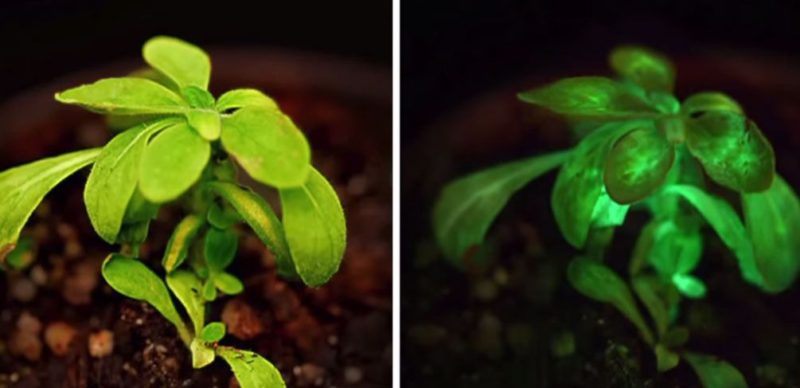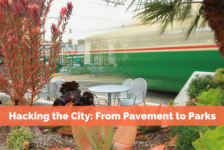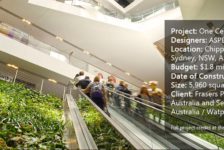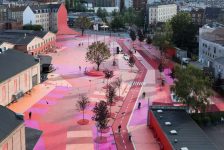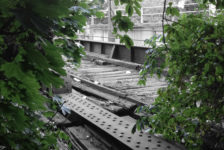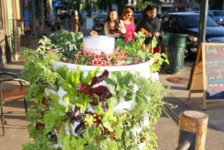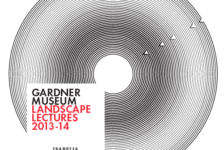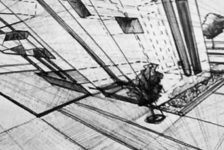Have you ever wondered about technology for landscape architects? In this article, we take a closer look at some of the advances in technology that landscape architects can look forward to. As technological development continues to progress at an unprecedented rate, it is becoming more and more exciting to witness what new developments are next to emerge. In the world of landscape architecture, technology is always developing for the convenience of the designer and, more importantly, for the benefit of the user. We are now seeing more modern and sophisticated tools that only seemed feasible in science fiction 40 years ago. We must pay attention to the likes of 3D printers, as they provide accuracy and productivity that cannot be matched by older methods. These printers are now creating houses within 24 hours. Is this exciting or terrifying? Some may question our increasing overdependence on technology, as we can potentially lose other skills, such as sketching. This change does impact the way landscape architects work, so we must make sure that this change is for the better. How exactly do these new tools help us?
Technology for Landscape Architects
Sketching Revolutionized 3D printing pens such as the 3doodler or the LIX pen are affordable pens that release heated plastic that almost instantly cools, forming a solid. They are used by all types of designers. These pens can help the design process by creating a highly tangible component that can have a much stronger impact than a 2d sketch. Ideas can be developed just as quickly and will give the designer more information. Students and professionals of landscape architecture may now experience sketching and model making like never before. WATCH: LIX – The Smallest 3D Printing Pen
Productivity Unmatched 3d printers are becoming more and more incredible. Behrokh Khoshnevis, director of the manufacturing engineering graduate program at the University of Southern California, has announced the aim to develop 2,500-square-foot houses in just 24 hours. This is significant for landscape architects because 3D printing is very useful for conveying design ideas to the client and because the overall productivity is faster than previous methods. These printers work well with 3D software, such as SketchUp and Rhino, and can vary in scale, producing highly accurate models for garden designs. WATCH: Joseph DeSimone: What if 3D printing was 100x faster?
They have been used by RHS Chelsea Flower Show Best in Show winners Sarah Eberle, Adam Frost, and Jo Thompson. Stoss Landscape Urbanism developed custom made benches from 3D printers. It is developing these custom elements that make 3D printing particularly useful. Eight prototypes were created with speed and accuracy. These are much more productive processes to communicate design ideas and should not be ignored by landscape architects. A Change in Topography Analysis The augmented-reality sandbox is another fascinating device that can allow landscape architects to analyze the landscape in an entirely new way. Contours and elevation colors are rendered through a projector. The colors change as the sand is manipulated, which is monitored by a Kinect camera. Clearly, this is not commonplace in a landscape architect’s office, but it is a form of analysis that is of undoubted interest. It is perhaps better used as part of an exhibition to help people understand topography and its sensitivity. Related Articles:
- 5 Top 3D Modeling Software Programs for Landscape Architects
- Computer Aided Software for Landscape Architects: The Essential Guide
- 7 Top Landscape Architecture Trends of the 21st Century
WATCH: Alaska’s Augmented-Reality Sandbox: The whole world in your hands
Biotechnology We are not only seeing a development in mechanical technology; the development of biotechnology is just as exciting to witness. In the future, the use of glow-in-the-dark plants could be an interesting aspect in design. Developed by the biotechnology company Bioglow, the DNA from luminescent marine bacteria was introduced into houseplants, causing the stems and leaves to illuminate. There is an intention to increase the lighting intensity to these plants with the hope of revolutionizing ornamental planting design. WATCH: Biotech Company Creates Auto Luminescent Plants
Of course, it is implausible to have streets illuminated by plants, but in the future they could be a small part of the design. Landscape architects should certainly pay attention to the development of biotechnology. Perhaps less extravagant products of biotechnology should be considered. For example, the introduction of genetically modified plants that are more resistant to disease may be a common consideration in planting design in the future. What have we got to lose? With all of these technologies continuing to develop, we must ask the question: Are we losing anything as designers and are these advanced tools, in fact, necessary? Indeed, 3D printing pens and high-tech sandboxes are interesting for designers to use, and no doubt the design process can be facilitated. But they are not essential. It is easy for students of landscape architecture to become captivated by these tools. Students and practitioners must always be fully aware of what is necessary when designing a space. We must never lose sight of this. However, it is acceptable for landscape architects to use advanced 3D printers. They speed up productivity and produce with accuracy. This is an invaluable asset for the development of landscape architecture, but the intention of the design must always be appropriate and well considered. That should never change. Article by Stephen O’Gorman Recommended Reading:
- Designing the Sustainable Site: Integrated Design Strategies for Small Scale Sites and Residential Landscapes by Heather L. Venhaus
- Lifelong Landscape Design by Hugh Dargan



